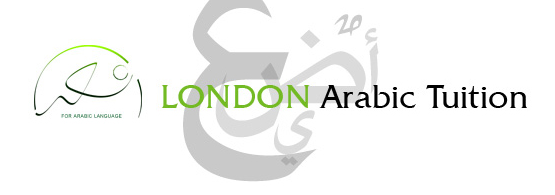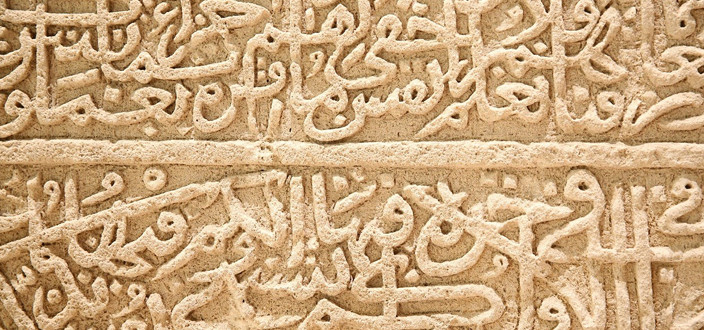Learning the Arabic alphabet
Learning the Arabic alphabet can be a challenge task for those who are unfamiliar with the language. With distinct symbols and complex sounds, mastering the Arabic alphabet can take time and dedication. The good news is that with some patience and dedication, anyone can learn the basics of the Arabic alphabet. Here are some of the best ways to get started.
First, start with short and simple words. This allows learners to become familiar with the consonants and vowels of the language. Once these basic sounds are mastered, it’ll be easier to build on that knowledge and begin mastering more complex words and sounds. Developing a good understanding of the alphabet is the first step to succeeding in learning the language.
Second, use visual aids to help remember the symbols. Flashcards and other memorization techniques can be extremely helpful in keying in the letters of the alphabet. By familiarizing the symbols in a visual way, it’s easier for students to engage in the language and better commit the letters to memory.
Third, practice writing the letters and words. This allows learners to build muscle memory and become more comfortable with the penmanship of the language. By getting to know the letters in a more tactile sense, the alphabet will stick in the long-term.
Fourth, use online and mobile apps to help with the learning process. With countless applications designed to teach users the Arabic alphabet, learners can find the resources that best fit their learning style.
Finally, find the right learning environment. As with any language, having the right environment to learn the language is necessary. Whether that be through local classes, online courses, or tutors, the right learning environment should be tailored to the individual and their learning needs. Learning the Arabic alphabet can be a tough task, but with some patience and dedication, anyone can master the basics. By starting with short words, using visual aids, practising writing, using online and mobile resources, and finding the right learning environment, anyone has the potential to learn the Arabic alphabet.
Learning the Arabic alphabet is a valuable asset for anyone looking to fully delve into the culture, language, and heritage of the Arabic-speaking world.
The Arabic alphabet is made up of 28 letters, including some that take on different shapes based on the letter’s position in the word. Fortunately, with the right approach, anyone has the potential to learn the Arabic alphabet.
Here are the best ways to learn the Arabic alphabet and become fluent in reading and writing the language.
Start With Short Words: Starting with the basics is always best when it comes to learning a foreign language, including the Arabic alphabet. It is recommended to break each letter down into two- or three-letter words in order to gain an understanding of pronunciation and the letters’ shapes. Taking this approach will help you form a stronger foundation in writing and reading Arabic.
Use Visual Aids: Visual aids, such as diagrams of each letter, can be used to help you better understand the Arabic alphabet. Use this technique to help memorise the different shapes and sounds of the Arabic letters.
Additionally, look for videos or tutorials online that demonstrate how to properly form each letter. Incorporating visuals into your study plan will help you learn the Arabic letters more quickly and easily.
Practice Writing: Writing out each of the letters is one of the most effective ways to practise the Arabic alphabet. Get some paper, grab a writing utensil, and start practising each letter as you learn them. Aside from your own practice, there are several Arabic handwriting apps available for download. You can use these apps to download other people’s handwritten notes or practice writing your own.
Use Online and Mobile Resources: There are numerous Arabic-learning resources that can help you master the alphabet. Websites such as Transparent Language and LearnArabicOnline offer an online course and several interactive exercises to teach you the Arabic alphabet. Similarly, apps such as Lingo Arcade’s Learn Arabic Alphabet and Arabic Alphabet can be downloaded to your smartphone or tablet to practise the language anywhere.
Find the Right Learning Environment: Creating the right environment to learn the Arabic alphabet is key. Whether you prefer to learn by yourself or with a group, having the right resources and someone to practice with will help you become more comfortable with the letters of the alphabet. Additionally, research local Arabic classes or native Arabic tutors who are knowledgeable about the language.
The Arabic alphabet is an essential part of the language, and by using the right approach you can learn the entire alphabet quickly. Start with short words, use visual aids, practice writing, use online and mobile resources, and find the right learning environment, anyone has the potential to learn the Arabic alphabet.
Once you master the alphabet, you can start delving into the culture, language, and heritage of the Arabic-speaking world. The Best Way to Learn the Arabic Alphabet Learning the Arabic alphabet can be a daunting task. The characters look different from those found in English and can be difficult to remember. However, with the right learning environment, anyone has the potential to learn the Arabic alphabet. Once you master the alphabet, you can start delving into the culture, language, and heritage of the Arabic-speaking world.
One of the best ways to learn the Arabic alphabet is to begin with its sounds. For English-speakers, Arabic poses a unique challenge with its focus on consonants. While the English language uses both consonants and vowels, Arabic only uses consonants. Therefore, it is important to familiarise yourself with the Arabic sounds and begin to recognize them in words.


Leave a Reply
You must be logged in to post a comment.